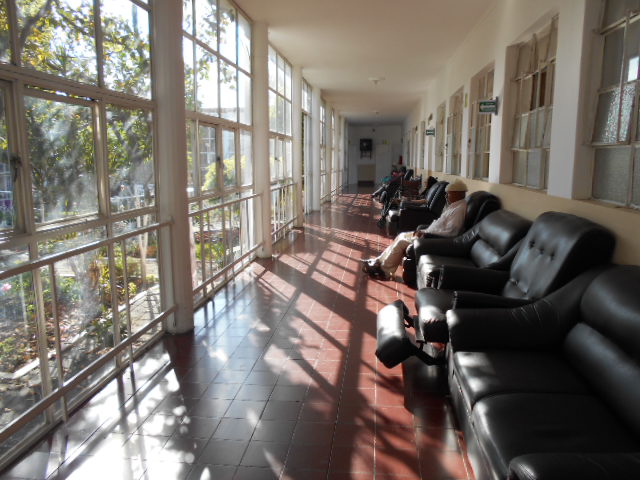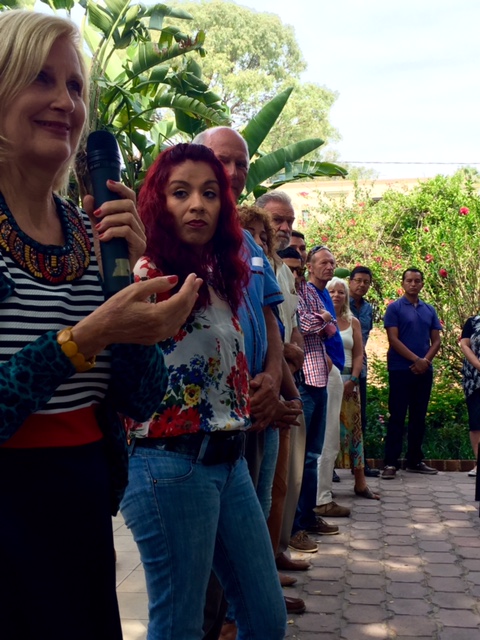
According to realtors at Lake Chapala, Mexico, and the information desk at the Lake Chapala Society in Ajijic, the popular ex-pat retirement destination has received more than double the no. of potential renters, buyers, and information hungry folks from Canada and the U.S. than in years before. (Other popular retirement destinations are also seeing an increase in activity – see no. 3 below).
Among visitors intent on moving are travel aficionados looking for a unique cultural experience, the prospect of meeting stimulating people from all parts of the world, but more importantly, an opportunity to stretch their dollars.
And then there is senior living and healthcare, a subject of interest for most. For “sandwich-generation” boomers who lost savings and/or homes during the American recession of 2007-8, or spent savings for the education of millennial children or grandchildren, many are finding there may be little left for themselves or parents if assisted living or nursing care are ever required.
An added concern is that funding for Medicare and Medicaid in the U.S. are currently being challenged.

If the cost of assisted and continuing care in Canada (Canada takes care of its disabled, ill, and older adults through universal care programs but there is also private pay care) or the U.S. is not an option, there are more affordable options in other countries. The closest place to look is Mexico.
Here are guidelines for looking at assisted living and continuing care in Mexico, costing between $600 USD to $3500 USD/month, depending on the value of the American dollar and the Canadian dollar vs. the peso, the location, and the residence you choose:
- Take note – in Mexico the terms assisted living and “nursing home” are often one and the same, with exceptions. Care facilities are not known as they are north of the border – assisted living, rehabilitation, nursing home, and hospice. It is often an all-in-one approach. Also, with some exceptions, homes mix physically disabled residents with memory care residents.
- Select cities or areas you wish to be in for climate – coastal, desert, mountains. (Coastal tropical places cost a little more because A/C is expensive).
- If the future resident does not speak Spanish, seek places with ex-pat communities and English-speaking locals who are often a source of volunteers – Baja California Norte (Ensenada, Rosarito Beach, Tijuana), Cancun, Lake Chapala, Mazatlan, Mexico City, Puerto Vallarta. Or, choose smaller places such as Merida, and San Miguel Allende. Some care homes have all foreigners as residents, others locals and foreigners together. Usually one person on staff speaks English, sometimes more than one.
- Do the due diligence. Research places and determine costs. Most assisted living and “nursing homes” catering to foreigners have web sites in English easily found on Google Search.
- Consider private pay homes and non-profits, as well as residences run by nuns whether you are Catholic or not. Nuns often (but not always) provide quality care as most are nurses with a mission to serve, plus costs tend to be what Mexicans would pay if price is a consideration. Another level of care is found in government homes, some pleasant others not; some accept foreigners with residency cards. There are differences in every region of the country, and there are no rules.
- Note: no two places will be alike – financially, environmentally, socially, and in terms of care. Homes are not regulated with the strict standards one is accustomed to in Canada and the U.S. However, there are places with quality care and high standards.
- Conduct site visits. Assess for yourself what might be an acceptable match in terms of environment and people. Would you or your loved one feel comfortable and safe? Do you like the space, the staff? How are you welcomed? Do residents seem cared for or are they alone in “God’s waiting room” without attention and activities? Ask residents what they like best and what they don’t like. How clean is the home? Standards differ from place to place. Arrive at meal time… is there enough assistance for each resident? Is food fresh, nutritious, and nicely presented? Is it food you would or could eat? Does the home prepare meals compatible with health challenges? What about care plans and medication management? What about emergencies? How are these matters handled?


There are no simple answers for selection.
Ideally, we would all have perfect health to our last days and an abundance of funds which would allow us to receive the best possible care wherever we choose to live.
Note: CCRC’s (Continuing Care Retirement Communities, from independent living to demise), now referred to as Life Plan Communities, have not arrived in Mexico, with one exception. There are plans in the works for Life Plan Communities in Baja California, Cancun, and at Lake Chapala from American, Canadian, Mexican, and Spanish developers.
References:
https://www.youtube.com/watch?time_continue=2&v=6lYA7c1Pnuo Ajijic, Mexico video 2017
http://www.pbs.org/newshour/bb/foreign-retirees-flocking-mexico/





